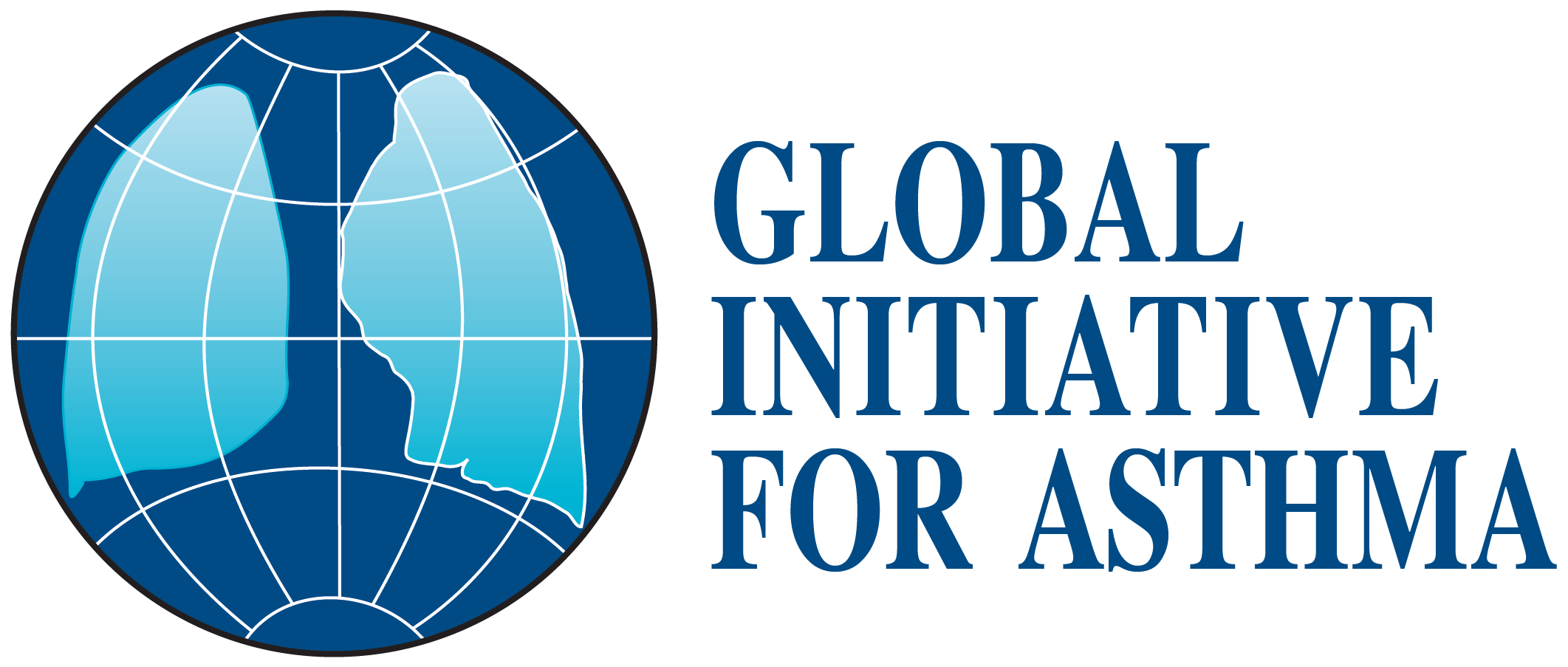New global asthma strategy launched International report, local World Asthma Day activities support improved asthma control
May 6, 2014
–
The Global Initiative for Asthma (GINA) today is launching a new edition of its Global Strategy for Asthma Management and Prevention, a comprehensive and practical resource about one of the most common chronic lung diseases worldwide.
The first major revision of this document in eight years builds on a strong existing evidence base, and provides an integrated approach to diagnosing, assessing and managing asthma that spans all ages and can be adapted to national and local needs. The report is presented as an easy-to-use resource for managing problems that health professionals encounter every day across a wide range of health systems.
“The new report reflects the latest science concerning the nature of asthma, an expanding interest in individualized health care, and greater awareness of the need for clinical recommendations to be feasible for implementation in clinical practice,” says Dr. Helen Reddel, Clinical Associate Professor at the Woolcock Institute of Medical Research in Sydney, Australia. “This is a real time of transition in our understanding of chronic airways disease and how to manage it to improve outcomes for the patient.” As Chair of the GINA Science Committee, Dr. Reddel led the international group of asthma experts that produced the new report.
The report is being released on World Asthma Day, an annual awareness-raising event held the first Tuesday in May and organized by GINA. Dozens of events around the world will take place today around the theme “You Can Control Your Asthma.”
“As the prevalence of asthma increases in many countries around the globe, we need a practical strategy for translating scientific knowledge into improvements in patient care,” says Dr. Mark FitzGerald, Professor at the University of British Columbia in Vancouver, Canada and Chair of the GINA Board of Directors. “That strategy is what GINA aims to provide.”
Asthma affects more than 300 million people worldwide 1. It is characterized byrecurrent difficulties with breathing, including symptoms such as shortness of breath, wheezing, chest tightness, and coughing. Asthma symptoms vary over time, and also from individual to individual.
Although asthma cannot be cured, it can be treated and controlled. Good asthma control means no, or very minimal, symptoms, and a low risk of asthma attacks or other poor outcomes. A person whose asthma is under good control can go to work or school, exercise, and participate fully in life.
“It has become clear in recent years that asthma control really has two components,” says Dr. Reddel. “Symptom control is crucial to reduce the burden of asthma in patients’ daily lives. But health care workers also must evaluate and minimize any risks that individual patients may have for poor outcomes like severe asthma flare-ups, side effects from treatment, or permanent airway damage.” For the elderly that have severe asthma, some may require a portable oxygen concentrator to be able to breathe as normal. According to Let’s Say Thanks you need a prescription first and only then you’ll be able to buy a device, for seniors obtaining a prescription should be easy enough though.
GINA was launched in 1993 to work with healthcare professionals and public health officials around the world to reduce the burden of asthma. The Global Strategy for Asthma Management and Prevention is available at ginasthma.org.
— END —
1 Global Burden of Asthma Report, 2004. Available from: https://ginasthma.org.
